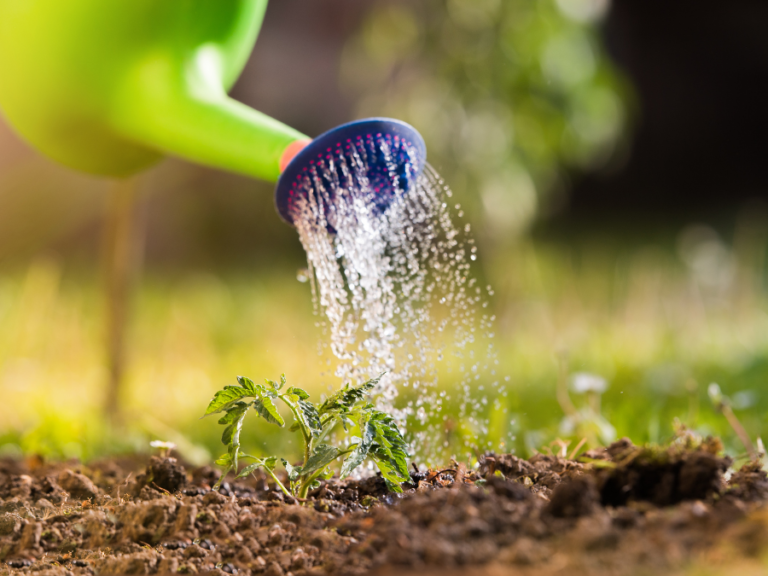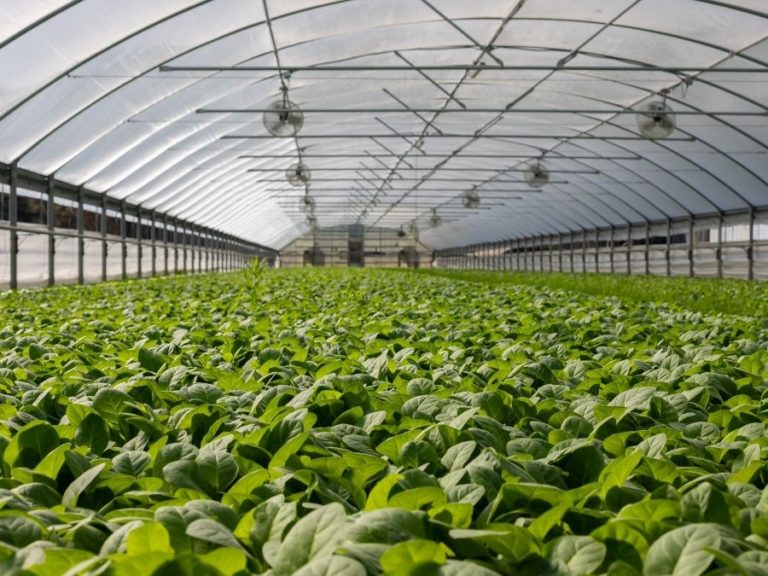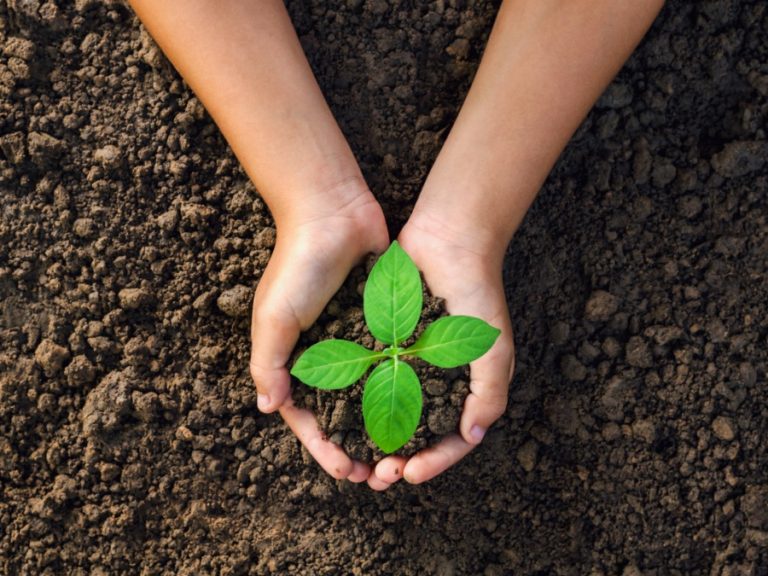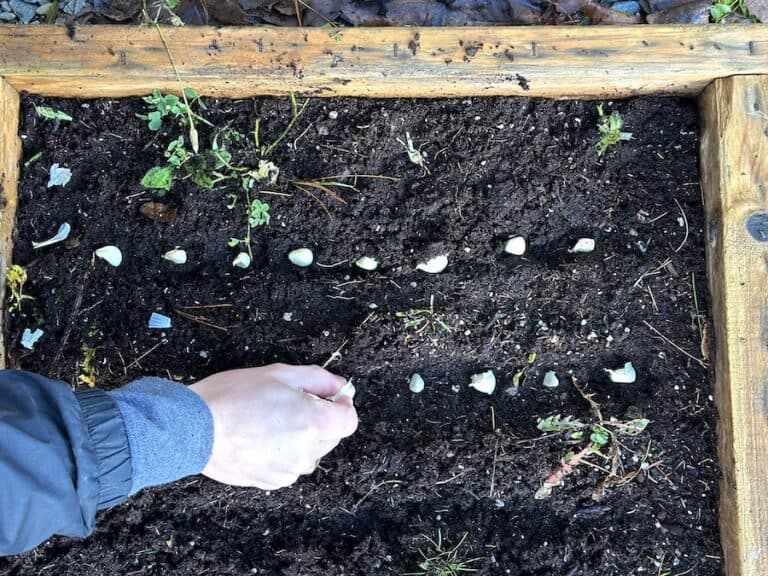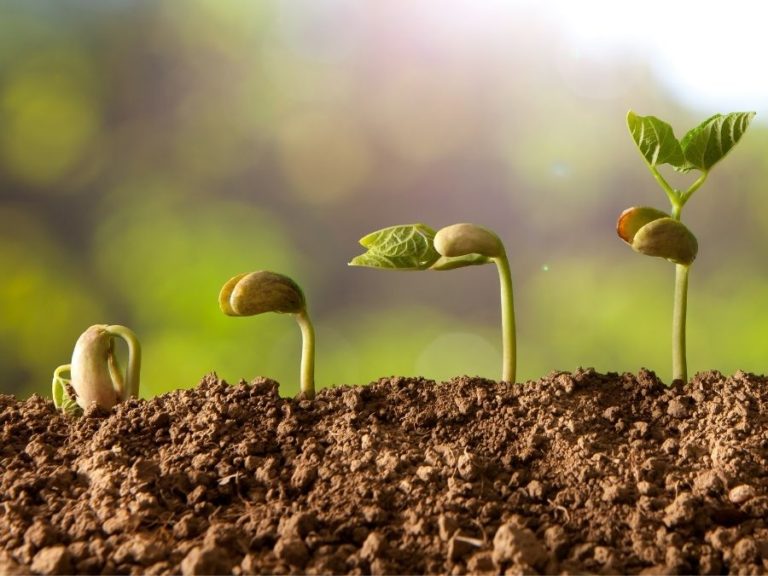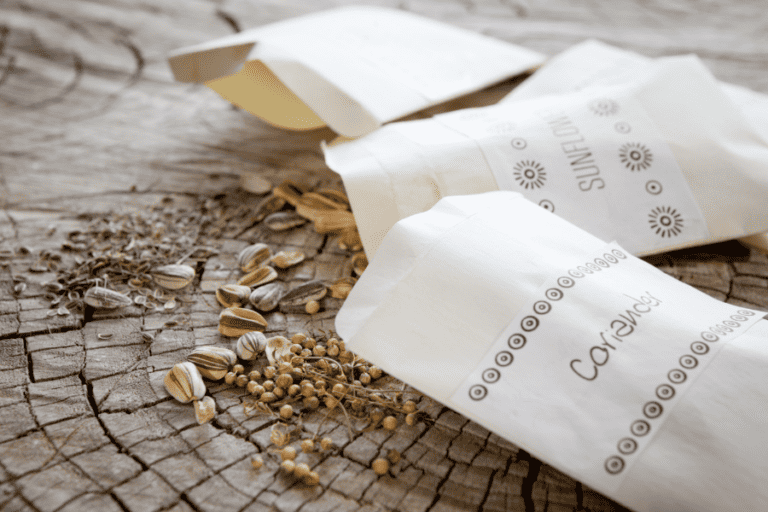3 Reasons Why Your Vegetable Plants Have Flowers But No Fruit
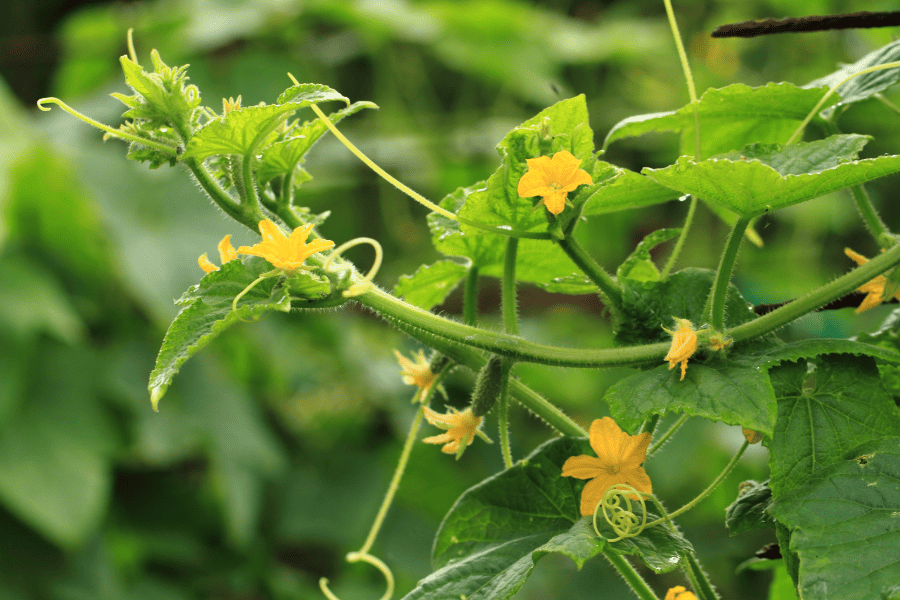
Going to check the garden to see an abundance of vegetables and fruit is what every gardener hopes for. However, this is not always the reality. Sometimes we get to the garden and see flowers without signs of fruiting and can get discouraged. However, this does not mean all hope is lost. There are a few reasons why your garden may not thrive, and understanding this is important to resolve this issue and have a bounty yield!
In this article, we will look at the three most common reasons why your vegetable plants are flowering but not producing fruit and how to resolve or prevent this from occurring.
Disclaimer: This article includes affiliate links. If you click one of them, we may receive a small percentage of the sale at no extra cost to you. Thank you for your support!
3 Reasons Why Your Vegetable Plants Have Flowers But No Fruit
There are a few reasons your vegetable plants may be stunted in their growth, such as lack of pollinators, weather conditions and stress and insufficient female flowers. Taking a closer look at your garden to see where the issue is will help you be able to fix it sooner.
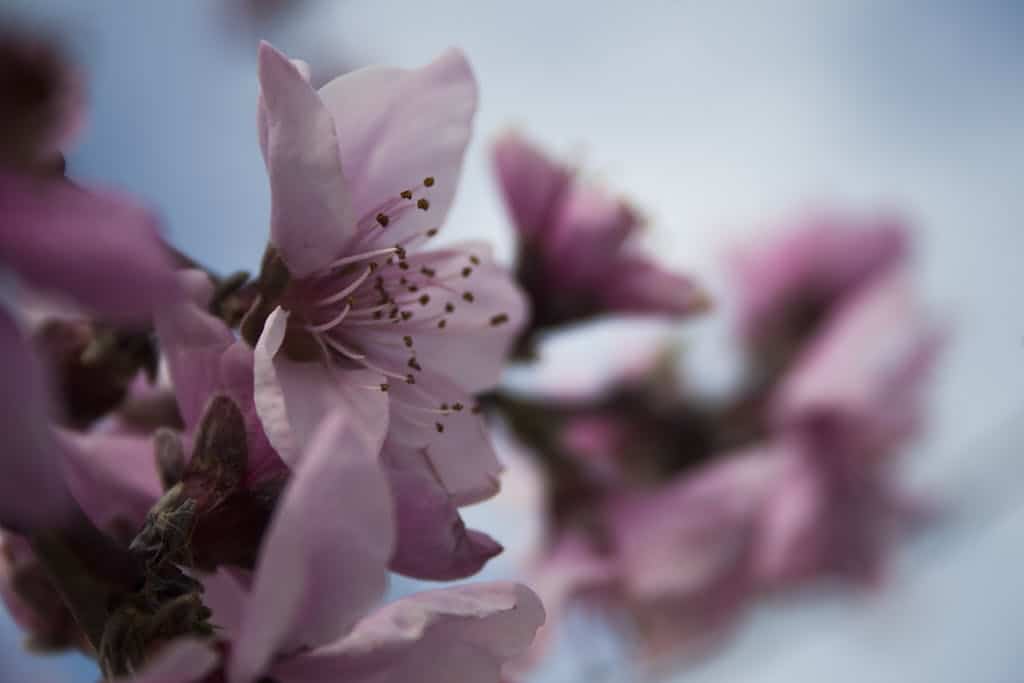
1. Lack Of Pollinators
A lack of pollinators is one of the main reasons why vegetable plants will flower but not fruit. Pollination is an essential part of plant reproduction. Some vegetable plants rely on insects and the wind to move and transfer pollen. This process works by collecting pollen from a male flower’s anthers and bringing it to a female flower’s stigma. The now-fertilized flower eventually yields fruit and seeds. If you notice you do not have any pollinators around your garden, this could be what is causing this issue.
Many vegetables require pollinators to fruit. Here are a couple of common fruit-yielding vegetables:
- Cucumber
- Eggplant
- Squash
- Watermelon
- Pumpkins
You can do a few things to help your garden and encourage plant reproduction. The first is to attract pollinators by planting nectar and pollen-rich flowers such as Black-Eyed Susan, snapdragon, lavender, marigolds, monarda (bee balm) and lilac, to name a few. Or, try placing a bee house in your garden. Attracting more bees is a great way to increase pollination in your garden.
Next is to hand-pollinate your vegetable plants. This can be done using either a cotton swab or a small paintbrush. First, find a male flower and peel back the petals until you see the stamen. Located around the stamen are the anthers, where pollen is produced and will be found. Using your paintbrush (or cotton swab), lightly touch the pollen and carry it over to a female flower. Then, lightly rub the pollen onto the pistil of the female flower (the center).
Identifying Male And Female Flowers
The biggest difference between male and female flowers is that the males produce pollen and stamen, while the females bear fruit and have a pistil. The pistil consists of three parts: the stigma, style, and ovary.
Male flowers tend to have shorter stems and grow in clusters. Here is an example of male cucumber flowers.

In contrast, female flowers tend to grow individually and might have small fruit behind the flower before they even begin to open. Here is an example of a female cucumber flower.
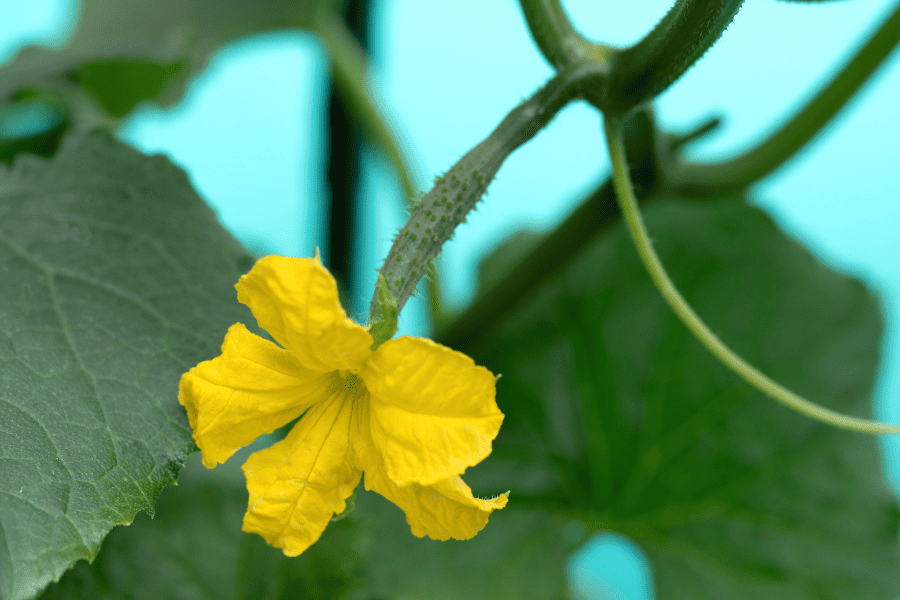
2. Not Enough Female Flowers
For many vegetable plants, female flowers are essential to bear fruit, as male flowers will only produce pollen and never fruit. While there are self-pollinating vegetables such as tomatoes, peppers and peas that have flowers containing both male and female parts, plants such as cucumber, eggplant and squash grow separate female and male flowers.
A few reasons your plants might not produce female flowers include insufficient nutrients, improper watering, pest damage, cold snaps and extreme heat. Look at your garden to see whether your flowers are male or female. If they are mainly male flowers on the plant and the female flowers are falling off rather than turning to fruit, the soil likely lacks enough essential nutrients. Soil conditions should be assessed and addressed as needed. This can be done by adding compost, plant materials and manure.
If it is still early in the growing season, give it time before adjusting the soil. Male flowers tend to produce before female flowers. It can take anywhere from one to two weeks after the first male flower blooms before female flowers begin to appear.
3. Weather Changes
Vegetable plants are sensitive to weather changes, especially sudden rises and fall in temperature and long periods of rain. While we cannot control the weather, understanding its role in your garden and fruiting can help you better fix, prevent and understand your garden.
Many gardens know that cold snaps and sudden extreme temperature changes can harm crops and cause them stress. Even temperatures under 50 degrees Fahrenheit that last a few weeks can decrease or even halt pollen production in flowering vegetables, an essential part of plant reproduction.
Another stressor could be caused by excessive rainfall and wind, which can slow plant growth and affect blossoming and bee activity. While rain is excellent for plants, prolonged heavy rain can sometimes affect wind-pollinated species and make it difficult for pollinators to get to the plants, as they typically do not go out in the rain. If you had extended periods of heavy rainfall, there is a good chance this caused your vegetable plants to flower but not fruit. If you know the weather is calling for prolonged rain and wind, there are a few things you can do to help prevent some damage. First, ensure your garden has proper drainage and taller plants are well supported. The next is to cover young or fragile plants with waterproof material such as a tarp.
Lastly, inadequate sunlight can also affect your garden. For example, tomatoes and peppers contain male and female parts and do not need pollinators. However, they do need to get enough sunlight to bear fruit. Sunlight is essential as these plants convert it to energy, which is then used to produce fruit and self-pollinate. Tomatoes and peppers should get around six to eight hours of sunlight daily to flower and fruit properly.
Related Questions
Why Are My Vegetable Plants Not Flowering? There are a few reasons why your vegetable plants might not be flowering. The first is that the plants are too young or immature to produce flowers. Another reason is due to lack of sunlight. Without sufficient sunlight, carbohydrates cannot be made, which is needed for plants to grow and bloom.
Why Are My Vegetable Flowers Falling Off? Vegetable flowers fall off due to environmental stressors such as too little or too much water, excessive nitrogen in the soil, lack of pollination and cold or frost snaps (especially if the plant has not been properly hardened off.)

